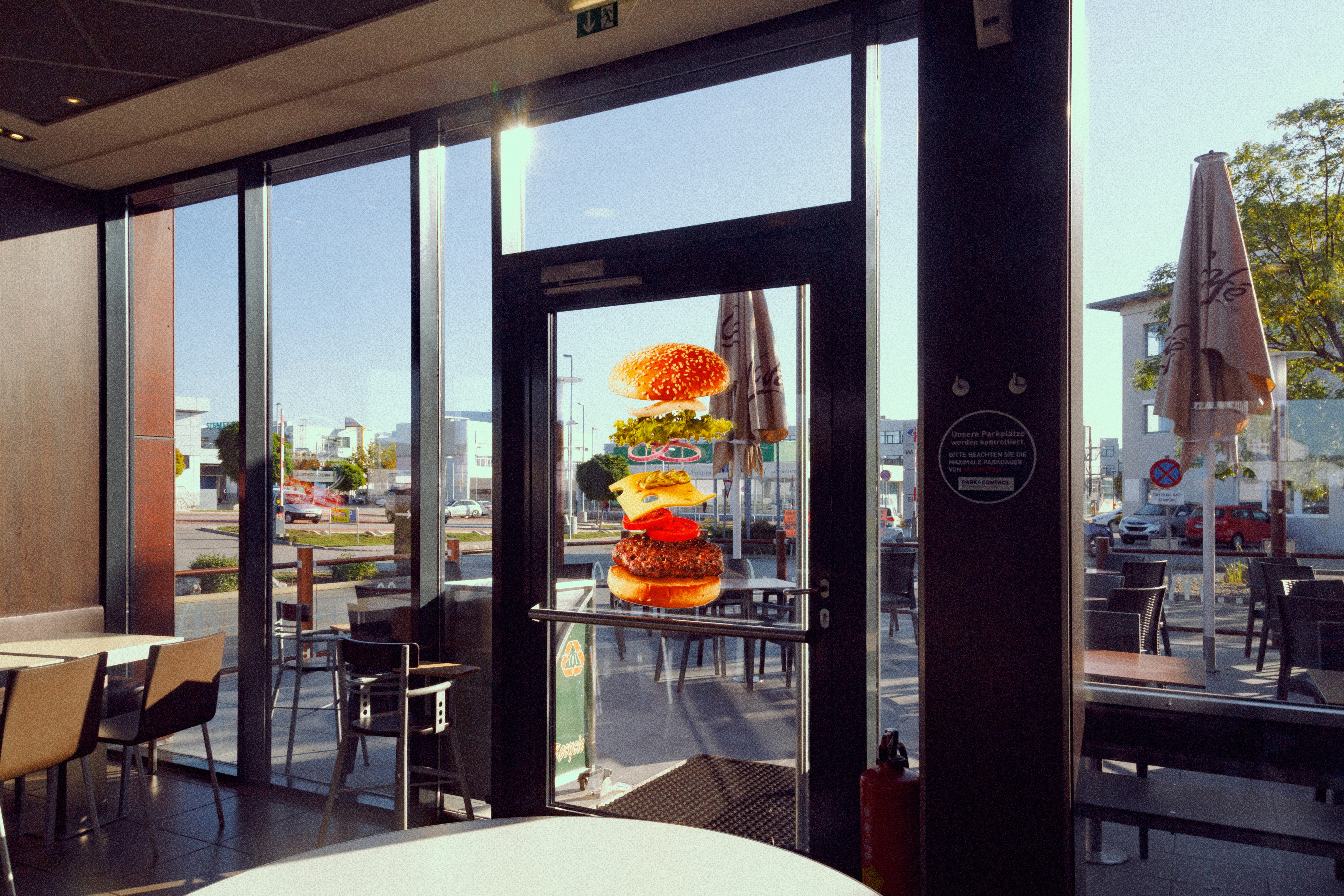Tax Savings for Fast Food Restaurants: The Power of Cost Segregation for an Arby’s Restaurant

In the competitive world of fast food, every dollar counts. For FoodCo Properties, LLC, the owner of an Arby’s location, a recent cost segregation study conducted by Veritax Advisors, LLC in March 2025 revealed a powerful tax strategy that could significantly boost cash flow. Purchased in March 2023 for $2.1MM, this 2,105-square-foot commercial property exemplifies how cost segregation can transform the financial outlook for fast food restaurant owners.
Let’s dive into the benefits this approach offers, using FoodCo’s Arby’s as a case study.
What Is Cost Segregation, and Why Does It Matter for Fast Food?
Cost segregation is a tax planning tool that accelerates depreciation deductions by reclassifying property components into shorter recovery periods—typically 5, 7, or 15 years—instead of the standard 39-year schedule for non-residential real estate.
For fast food operators like FoodCo, this means identifying assets unique to their business, such as kitchen equipment, drive-thru fixtures, and site improvements, and depreciating them faster.
The result? Immediate tax savings that free up capital for reinvestment, whether it’s upgrading equipment, expanding locations, or weathering rising operational costs.
The Veritax study for FoodCo’s Arby’s broke down the $1,812,200 cost basis (after land allocation) into three categories:
- 5-Year Property (25.68%): $465,295.44, including items like plumbing fixtures, electrical systems for equipment, and interior finishes.
- 15-Year Property (28.40%): $514,623.35, covering land improvements like asphalt paving and parking lot lighting.
- 39-Year Property (45.93%): $832,281.21, reserved for the building’s structural components.
By shifting more than 54% of the property’s value into shorter depreciation timelines, FoodCo unlocked substantial benefits tailored to the fast-food industry.
Benefit #1: Accelerated Cash Flow for Operational Agility
Fast food restaurants operate on thin margins, with constant demands for equipment upgrades (think fryers, ovens, and beverage dispensers) and facility maintenance. The Veritax study identified $465,295.44 in 5-year property—assets like HVAC systems for the kitchen, electrical wiring for signage, and plumbing tied to service equipment.
Under a standard 39-year schedule, FoodCo would have claimed roughly $46,466 in depreciation for 2024. With cost segregation, that same year could yield over $316,000 in deductions for the 5-year assets alone (using the 200% declining balance method), plus additional deductions from the 15-year category of $319,000 (using the 150% declining balance method). These amounts represent 60% “bonus” depreciation on these asset classes.
This accelerated depreciation translates to a tax savings of greater than 100,000 dollars in the first year, assuming a 30% combined federal and state tax rate. For an Arby’s operator like FoodCo, that’s cash flow that can fund a new drive-thru speaker system, cover rising labor costs, or bolster reserves for seasonal fluctuations—all critical in the fast-paced QSR (quick-service restaurant) sector.
Benefit #2: Retroactive Savings Without Amending Returns
One of the standout advantages of cost segregation is its retroactive applicability. FoodCo purchased the Arby’s in March 2023, and by March 2025, Veritax completed a study that allowed a “catch-up” depreciation adjustment. The IRS permits this via Form 3115, letting owners claim missed deductions from prior years in the current tax year without amending old filings.
For FoodCo, this meant capturing the difference between the 39-year straight-line depreciation already claimed and the accelerated amounts for 5- and 15-year assets—an additional $600,000+ deduction in 2025.
For fast food chains with multiple locations or a portfolio of older properties, this retroactive benefit is a game-changer. It provides a one-time cash infusion that can offset the cost of the study (typically a few thousand dollars) and fuel growth initiatives, all while maintaining compliance with IRS guidelines.
Benefit #3: Tailored to Fast Food’s Unique Assets
Fast food restaurants like Arby’s have a mix of assets that don’t fit neatly into a standard building depreciation schedule. The FoodCo study highlights this perfectly. The 5-year property bucket included specialized items like:
- Electrical conduit and wiring for exterior wall lighting and signage ($19,173.06).
- Kitchen plumbing fixtures and equipment connections ($16,826.02).
- Furnishings like counters and seating ($19,065.51).
Meanwhile, the 15-year category captured site improvements critical to fast food operations:
- Asphalt and concrete pavement for the drive-thru and parking ($90,801.25 in exterior improvements).
- Parking lot lights and utilities ($15,032.58 and $6,325.93).
These components—essential for customer access and operational efficiency—would have been locked into a 39-year schedule without cost segregation, delaying tax benefits for decades. By reclassifying them, FoodCo aligns depreciation with the actual lifespan and usage of these assets, a practical win for an industry where equipment and site features often need replacing well before 39 years.
Benefit #4: Long-Term Tax Planning Flexibility
While the upfront savings are compelling, cost segregation also offers strategic flexibility. The FoodCo study was conducted a year or so after acquisition, but it could apply to properties owned for decades, as long as they’re still in service. For fast food operators planning expansions or renovations—like adding a second drive-thru lane or upgrading to energy-efficient systems—the additional cash flow from cost segregation can fund these projects. Plus, if FoodCo holds the Arby’s long-term, the tax savings compound over the 5- and 15-year periods, outweighing potential recapture costs upon sale.
A Small Investment, Big Returns
The Veritax study for FoodCo’s Arby’s required a detailed site visit on February 20, 2025, and leveraged R.S. Means cost data to ensure IRS compliance. While such studies involve an upfront cost, the return on investment is clear. For a $2.1 million property, shifting over $979,000 into accelerated categories could save several hundred thousand dollars annually in taxes for the first several years, dwarfing the study’s expense.
Takeaway for Fast Food Operators
For fast food restaurant owners, cost segregation isn’t just a tax tactic—it’s a competitive edge. FoodCo Properties, LLC’s Arby’s showcases how this strategy unlocks immediate cash flow, leverages retroactive benefits, and aligns depreciation with the industry’s unique asset profile. Whether you’re running a single location or a franchise empire, a cost segregation study could be the key to keeping more money in your business.
Consult your tax advisor and a specialist like Veritax Advisors to see how your properties stack up. In the fast food game, every advantage counts—and this one’s a whopper.
Print Article



